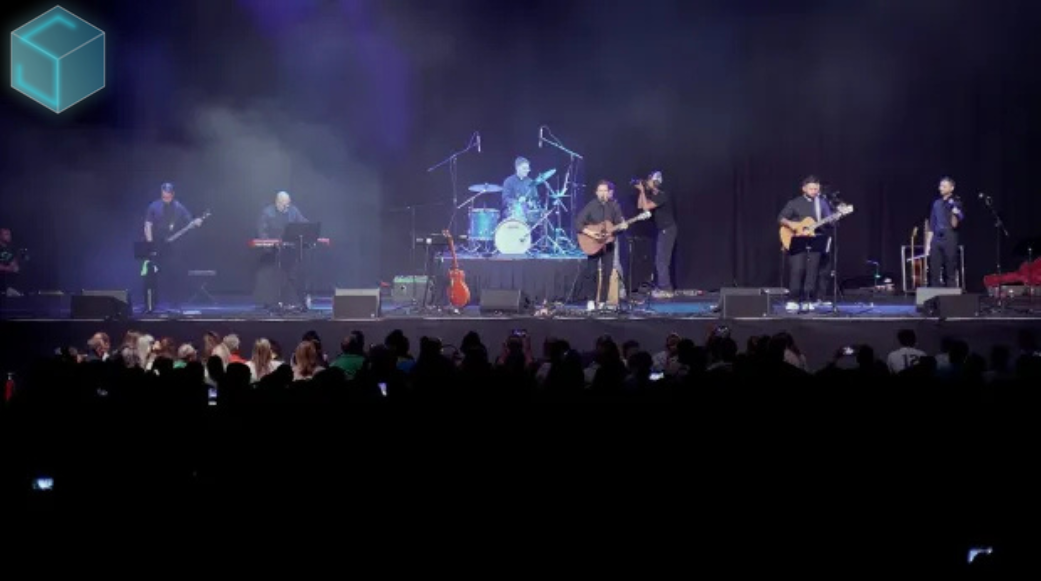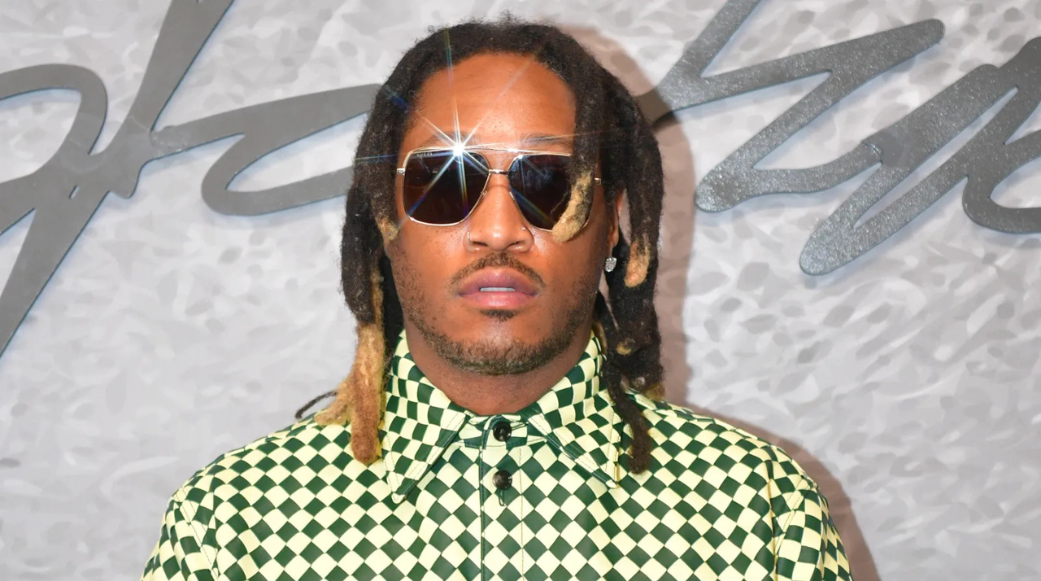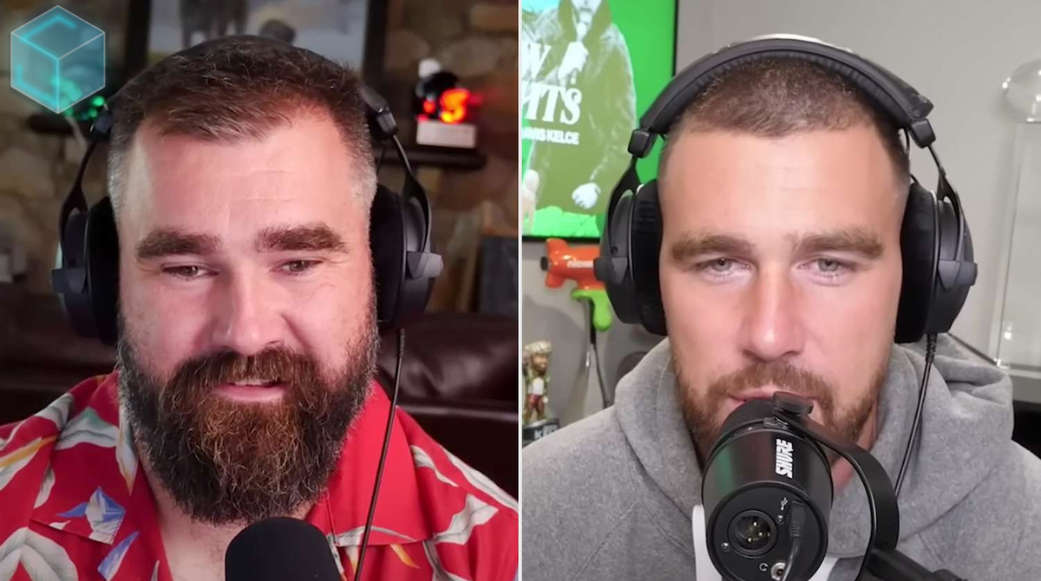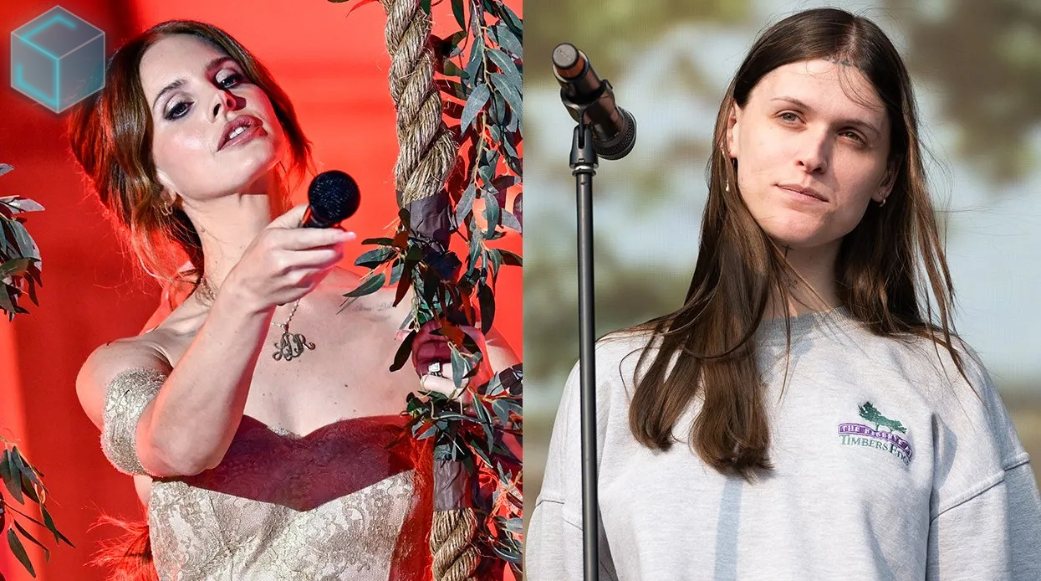
August 20, 2025
Imagine six Catholic priests performing at a sold-out Houston show instead of a well-known pop star. Their band's performance combined messages of prayer, celibacy, and faith with elements of rock...
Read more.png)
August 20, 2025
Nostalgia, Mother Mother’s latest album, is one of those rare creations. It invites us into a world where lightness isn’t escapism—it’s a form of resistance, a beacon of hope, and a path forward....
Read more
August 19, 2025
When Anna of the North released “Lovers” in 2017, it was already a dreamy synth-pop gem, filled with wistful vocals and lush production that captured the ache of young romance. But it wasn’t until...
Read more
August 19, 2025
“Let Me Know” ft. Future started out as a moody, late-night playlist type of track, the kind you blast in your car pretending you’re in a music video while stuck in traffic. But now? It’s become...
Read more
August 19, 2025
“Your Idol” stands out in Kpop Demon Hunters not just as a catchy track, but as one of the most self-aware songs in the whole project. At first listen, it has all the hallmarks of a classic K-pop...
Read more
August 19, 2025
If you’ve scrolled TikTok, Insta, or literally any corner of the internet in the past few weeks, you’ve probably heard it: the fizzy, feel-good bop known as “Soda Pop” by the Saja Boys. Straight...
Read more
August 19, 2025
Skai Is Yourgod didn’t just drop a song, he dropped a cultural grenade. His track “Stacks From All Sides” has taken TikTok by storm, and the secret sauce? A cheeky little sample from Beetle on...
Read more
August 19, 2025
After 70 weeks at No. 1 with “Too Sweet,” Hozier’s reign on Billboard’s Hot Rock Songs chart comes to an end as newcomer Sombr takes over with...
Read more
August 19, 2025
Charli XCX brought her groundbreaking Brat era to a poignant close Friday night during an electrifying performance at South Korea's One Universe Festival. The pop innovator marked the final...
Read more
August 19, 2025
Taylor Swift’s appearance on Travis and Jason Kelce’s New Heights podcast drew 1.3M live viewers, breaking YouTube records and sparking buzz with details about her new album The Life of a...
Read more
August 19, 2025
After a six-year silence, Chance the Rapper is officially back. On August 15, 2025, he will drop his sophomore album, Star Line, marking a new chapter filled with growth, travel, and creative...
Read more
August 19, 2025
Lana Del Rey’s new song takes aim at Ethel Cain, referencing an alleged personal rift involving Instagram posts, a mutual ex, and behind-the-scenes remarks...
Read more
Photo Source: caricole.com
Streaming is now the driving force of the music industry, making up 84% of the industry revenue in the U.S. While streaming is much more convenient for listeners, many artists argue that it is near impossible to make a living through streaming.
As the way we listen to music has evolved, so too has the way that artists are paid. Traditionally, artists would be compensated for physical album sales, live performances, merchandise, synchronization, and radio. While much of that remains similar today, listeners are now far less likely to purchase physical copies of an artist's music.
Streaming is just not as lucrative as selling physical copies, and with the average payout per stream being only fractions of a cent, it leaves little wonder as to why some artists are fed up.
So, How Do Streaming Platforms Pay Artists?
Contrary to popular belief, streaming platforms don’t just pay out a flat dollar value per stream. Instead, most platforms pay the rights holder (not necessarily the artist) via a process called “StreamShare”.
StreamsShare is calculated by adding how many times music owned by a rights holder is streamed in a particular market, and dividing that by the total number of streams in that market. This means that if an artist gets 1/1000 streams in a particular country, they will get $1 for every $1000 in the royalty pool from that country. The dollar value of the total royalty pool in each region depends on the subscription and/or ad revenues from that country; what the rights holder receives is proportional to how other music is doing in that market.
Once the money is paid out from the streaming service, it is out of their hands as to how the artist is paid - this depends on an artist’s agreements with their partners.
Issues with StreamShare
Since StreamShare does not just pay per stream, there are countless factors that determine how much you will take home at the end of the day. Services like Spotify and Apple Music also charge different subscription fees depending on region, meaning the revenue pool (and a stream) is sometimes worth substantially less in a developing market.
Additionally, paying out as a percentage of the total streams in a particular market can create a “winner takes it all” situation, where big artists inevitably take a higher percentage of the revenue pool.
Every platform does have variations in its payout structure, even if they use the StreamShare model. This leads to some big differences in estimations of average payout per stream, making it hard to predict earnings from just a number of listeners.
Is It a Fair Compensation Method?
Consumers are now paying less for music than they used to. As such, many streaming services operate on very thin margins - including Spotify. Apple Music is also unlikely to be very profitable, instead operating mainly as a way to enhance cohesion within Apple’s ecosystem. It certainly is discouraging to artists, but there is no evidence that the streaming music industry is unfair to artists or consumers.
What are the Benefits of Streaming for Smaller Artists?
There are countless stories of artists on Spotify getting tens of thousands of streams, and barely bringing home a five-dollar paycheque. To make money off of streaming alone is basically impossible, requiring an immense number of streams for a payout near minimum wage.
Spotify created a site called Loud & Clear to clarify its stance on the debate surrounding streaming platform payouts. They answer a lot of FAQs regarding their payout process, and highlight a few key benefits to streaming services for smaller artists.
Streaming helps artists break through, allowing listeners to easily discover new music. This can establish your fan base, and revenue from physical copy sales and live gigs are unlikely without an established fan base. Spotify also has a playlist pitching tool for artists that can help your music get discovered on their curated playlists.
Loud & Clear also states that says that the streaming era favours top artists far less than in the CD era, with only 12% of total streams coming from the top 50 artists in 2021. In contrast, they cite that 25% of CD sales came from the top 50 artists back in the day.
So What Should Artists Do?
As an up-and-coming artist, earning a living from streaming alone is basically impossible - but it can jumpstart your career. Streaming platforms should thus be used as a tactic to grow in conjunction with other revenue streams. Think of streaming as a growth funnel, attracting a fan’s initial attention, then driving them to your social media, website, merchandise, and live shows.